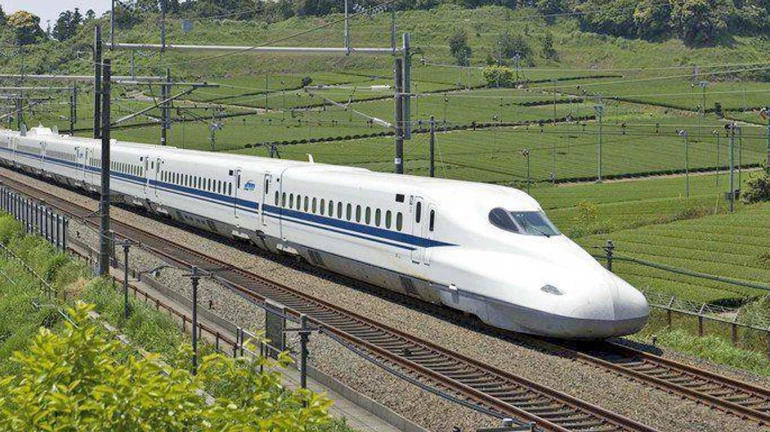
A key milestone in India’s first bullet train project was marked with the completion of a 4.881 km tunnel section between Ghansoli and Shilphata, project officials confirmed. The tunnel was constructed using the advanced New Austrian Tunnelling Method (NATM), and this achievement was described as a crucial step in the 21 km tunnel being developed between Bandra Kurla Complex (BKC) and Shilphata. The longer stretch includes a 7 km alignment beneath the Thane Creek.
It was reported that excavation had started in May 2024 with work carried out from three separate faces. A breakthrough on a 2.7 km stretch between the Additional Driven Intermediate Tunnel (ADIT) and Savali shaft was accomplished on 9 July 2025. Following this, a continuous tunnel stretch of 4.881 km was completed up to the Shilphata portal. The tunnel, designed with an internal excavation width of 12.6 metres, will be linked with the viaduct portion of the high-speed rail line at Shilphata.
The accomplishment has been viewed as proof of successful application of modern engineering in challenging geological conditions. The NATM technique, which involves drilling, blasting, surveying, and systematic reinforcement, was utilised. To accelerate progress, an ADIT was constructed, which allowed excavation to be carried out simultaneously from Ghansoli and Shilphata sides.
It has been clarified that the remaining 16 km of tunnelling will be undertaken using Tunnel Boring Machines (TBMs). The structure will be a single-tube tunnel with a 13.1 metre diameter, designed to accommodate twin tracks for both directions.
Strict safety protocols were said to have been implemented at the construction sites. Monitoring systems such as settlement markers, inclinometers, piezometers, and strain gauges were installed to ensure that surrounding structures remained unaffected. Worker safety was addressed through restricted site access, fresh air pumping arrangements, and carefully managed working conditions within the tunnel environment.
Alongside this development, updates on the broader Mumbai–Ahmedabad High-Speed Rail (MAHSR) project were provided. Out of the total 508 km corridor length, 321 km of viaduct and 398 km of pier works have been completed. Seventeen river bridges and nine steel bridges have also been finished. Noise mitigation measures have been implemented with the installation of over four lakh barriers across a 206 km stretch.
Progress has also been noted in track laying, with 206 km of track bed construction achieved and over 2000 overhead equipment masts installed, covering 48 km of the mainline viaduct. Excavation works on seven mountain tunnels in Palghar district are underway, while station construction is advancing rapidly. In Gujarat, superstructure work is at an advanced stage, and in Maharashtra, construction has begun on three elevated stations, along with base slab casting at the underground Mumbai station.





